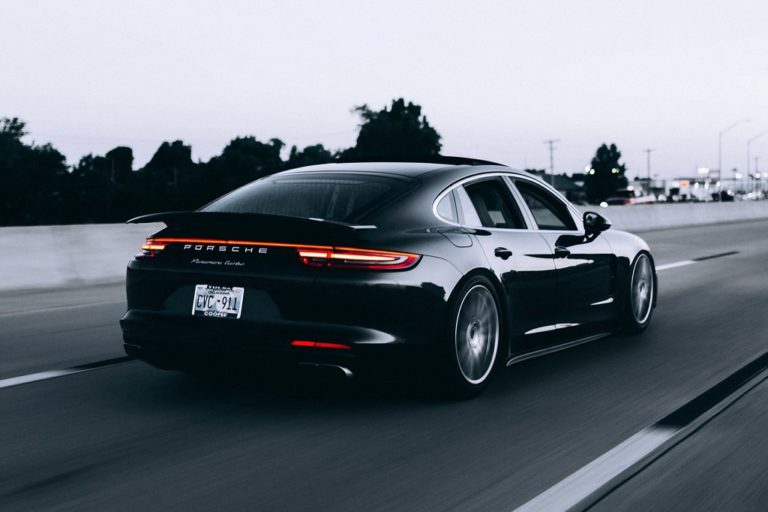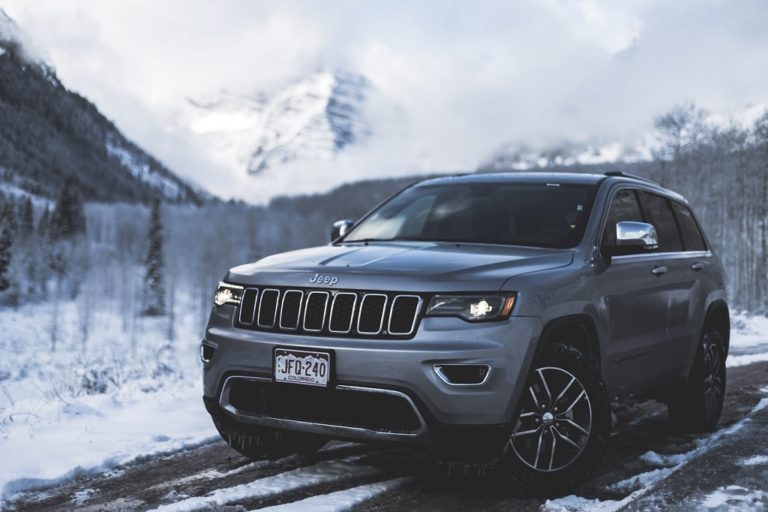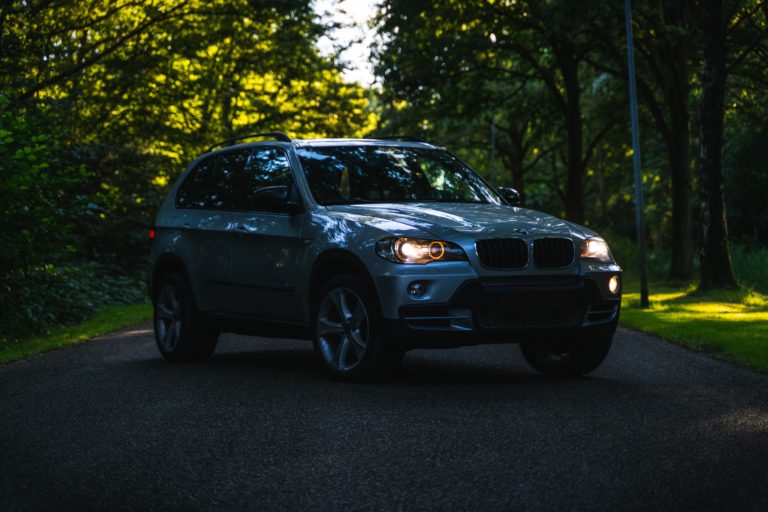The car brands on this list make luxury cars that are powerful, performance-oriented, and stylish! Check out the best luxury vehicle brands of the year.
Porsch
One of the best luxury auto brands right now, Porsche’s offering spell opulence. They’re also thoughtfully designed and offer extreme performance.
Tesla
Tesla’s cars are the perfect luxury buy for anyone who is looking for an electric car. The very capable all-electric powertrains offer incredible acceleration, and the interiors of these cars are like nothing you’ve ever seen before.
Audi
Offering over a dozen different models in the U.S., Audi cars excel in terms of performance. Most Audi models are equipped with the legendary Quattro all-wheel-drive system.
Mercedes-Benz
One of the oldest luxury car manufacturers in the world, Mercedes offers cars in almost every segment, except SUVs and pickups, and the brand’s cars are known to offer world-class craftsmanship, performance, and high-tech features.
Bmw
Known for setting performance benchmarks in the luxury car industry, bmw cars can be touted as the ultimate luxury dream machine. They currently offer sedans, su vs, and crossover.
Jaguar
Automaker Jaguar has built its reputation with luxury sedans and exciting sports cars. They’ve also recently added an electric vehicle and SUV to their lineup. Our favorite Jaguar vehicle is the Jaguar F-Pace, which is a luxury compact SUV.
Lincoln
From 2021, Lincoln is an all SUV and crossover brand, which is good news for SUV buyers because Lincoln vehicles have above-average predicted reliability ratings, good safety scores, and great build quality.
Volvo
Volvo has built a reputation for making vehicles that are elegant, minimalistic, sophisticated, and safe. Currently, the automaker offers two wagons, a pair of sedans, and three SUVs.
Lexus
Lexus has a reputation for building vehicles with luxurious cabins, excellent predicted reliability ratings, and world-class quality. And, that’s exactly why we love Lexus’ offerings.
Cadillac
One of the top luxury car brands in the U.S., Cadillac’s crossovers and SUVs exude luxury. Our favorite is the Cadillac XT5, which is one of the best sellers in the Cadillac family in the U.S.
Acura
Acura cars are designed with top-notch materials and have a well-put-together appearance. The only downside is that the infotainment system can be a little hard to use.
Infiniti
Infiniti offers a range of vehicles including coupes, sedans, and SUVs. The best part about this car maker’s offerings is that the vehicles are priced a lot lower than the competition, which means you can get your hands on a luxury vehicle, without spending a whole lot.
Land Rover
Land Rover vehicles are renowned for their refined luxury, off-road prowess, and technology. But, they don’t have the best predicted reliability ratings.







